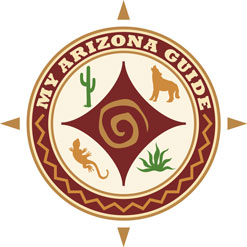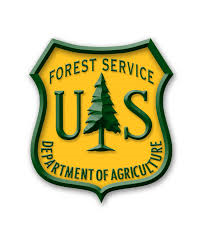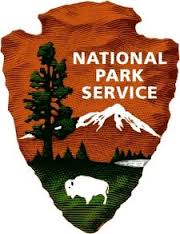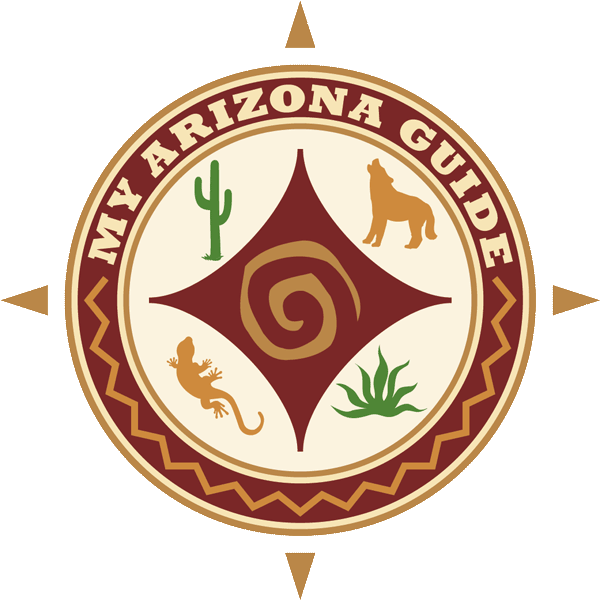THE AMAZING SONORAN DESERT IS MAGICAL
The Sonoran Desert is the most biologically diverse of the North American deserts. An arid region covering 120,000 square miles in southwestern Arizona and southeastern California, as well as most of Baja California and the western half of the state of Sonora, Mexico. This is the hottest of our North American deserts, but a distinctly bimodal rainfall pattern produces a high biological diversity. Winter storms from the Pacific nourish many West Coast annuals such as poppies and lupines, while well-developed summer monsoons host both annuals and woody plants originating from the south. Freezing conditions can be expected for a few nights in winter. Tonto National Forest lies within the Arizona Upland division of the Sonoran Desert. At the desert’s northeastern edge and farthest range for frost sensitive plants, the monument also lies within the Basin and Range geologic province. Low basins edged by long narrow mountain ranges characterize this province. Beyond the Sierra Ancha range to the north of the monument, is the Mogollon Rim, the southern boundary of the Colorado Plateau. These physical barriers block, direct, or confine any moisture to the desert.
Rain or moisture is divided equally between two rainy seasons, but is not predictable. The winter rains are usually gentler and longer. These storms are brought in from the north and west bringing colder rains and sometimes snow. The wettest months are generally December and January, and are important to the blooming of spring wildflowers. The summer monsoon rains begin sometime in July with August as the wettest month. Monsoon doesn’t refer to the rain, but the seasonal shift in winds bringing periods of wet and dry to an area. These warmer, tropical rains from the south are brought through a shift in weather patterns. These storms may be heavily laden with moisture, bringing flash floods; or dry, dusty and full of lightning and thunder, without producing a single drop of moisture. Sometimes virga is seen -- rain falling from clouds, but dissipating long before reaching the ground, evaporating in mid-air.
The two rainy seasons of the subtropical Sonoran Desert promote a high diversity in life with adaptations to the climate. Different plants take advantage of each type of rain. Seeds of wildflowers lie dormant, waiting for the prolonged rains of the winter months. If not enough rain falls, they wait to see what the next year holds. Some plants are dormant during May and June, waiting for the summer rains. Many cacti expand, collecting large amounts of water from a short, but intense storm. They rely on their internal moisture storage during dry times. This is true of the saguaro, a columnar cactus characteristic of the Sonoran Desert.
The complex variety of plants provides for a diversity of wildlife species. Some wildlife depends upon the plants to determine whether they should attempt to reproduce. If there is not enough fruit or seeds, the animals wait for another year. The spadefoot toad lies dormant until enough rain falls, not just to reproduce, but enough for their tadpoles to mature to adults. Plants and animals surviving life in the desert have adapted by waiting for rain, by holding on to the rain when it does fall, or by using the space of time for a given rainfall. To adapt to their environment, prehistoric people learned these survival strategies from the desert around them. What lessons can and should we learn from the Sonoran Desert?
©DesertUSA


480-970-8186




© My Arizona Guide 2006-2019
Email Us

Licensed Guides
National Forest Service
National Park Service

An Equal Opportunity Service Provider
Check Out Some of Our Favorite Tours
Intelligent Educational EcoTours
Arizona’s Premier Private Tour Company


